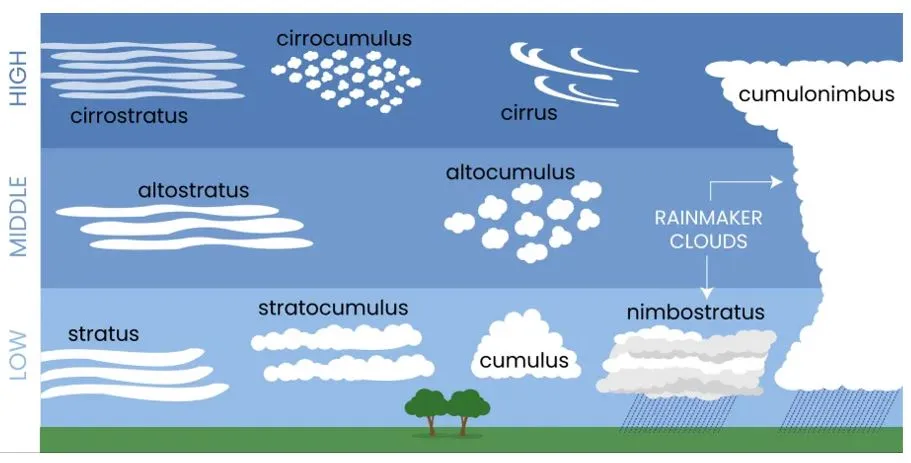

31st March 2025 (31 Topics)
Context
A recent study shows that during India’s summer monsoon, deep convective clouds (which bring heavy rain) have risen by about 1 km in the last 20 years. This means more intense monsoon rains and extreme weather events like floods and heavy storms.
Why is this Happening?
- Warmer Oceans: The Indian Ocean’s rising temperature is fueling stronger cloud formation.
- Increased Convection: More heat and moisture lead to taller clouds, which bring more intense rainfall.
Impact on India
- More Floods in Northwest India: Stronger monsoon storms increase flooding risks in states like Rajasthan, Punjab, and Himachal Pradesh.
- Heavier Rain on Coastal Regions:
- Western Coast (Kerala, Karnataka, Maharashtra) sees intense rainfall due to warm ocean air.
- Eastern Coast (Odisha, Andhra Pradesh, West Bengal) experiences stronger storms.
- Increased Rain in Northeast India: States like Assam, Meghalaya, and Arunachal Pradesh may see more intense rainfall.
Fact Box:Types of Clouds (Based on Height and Appearance) A. High Clouds (Above 6,000 meters)
B. Middle Clouds (2,000–6,000 meters)
C. Low Clouds (Below 2,000 meters)
D. Vertical Clouds (Can Grow from Low to High Levels)
Deep Convective Clouds
Indian Monsoon
|
PYQQ. How far do you agree that the behavior of the Indian monsoon has been changing due to humanizing landscape? Discuss. (2015) |
More Articles


